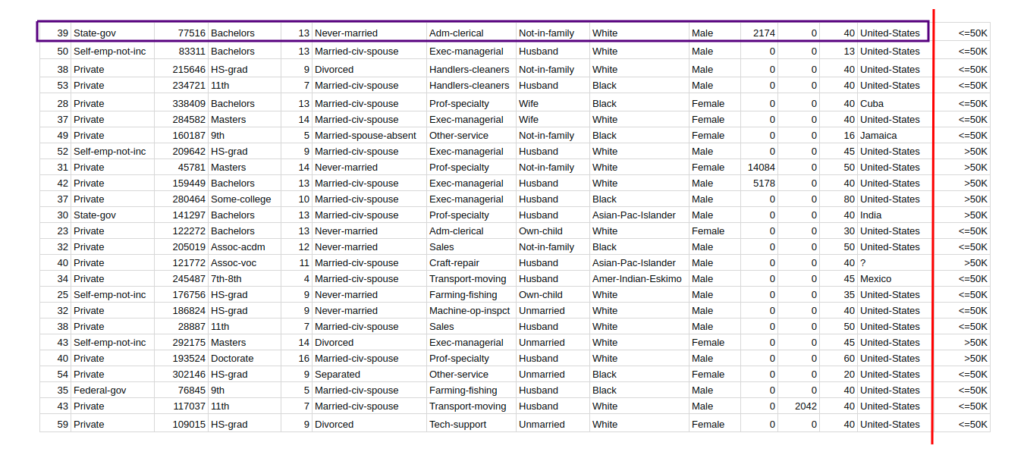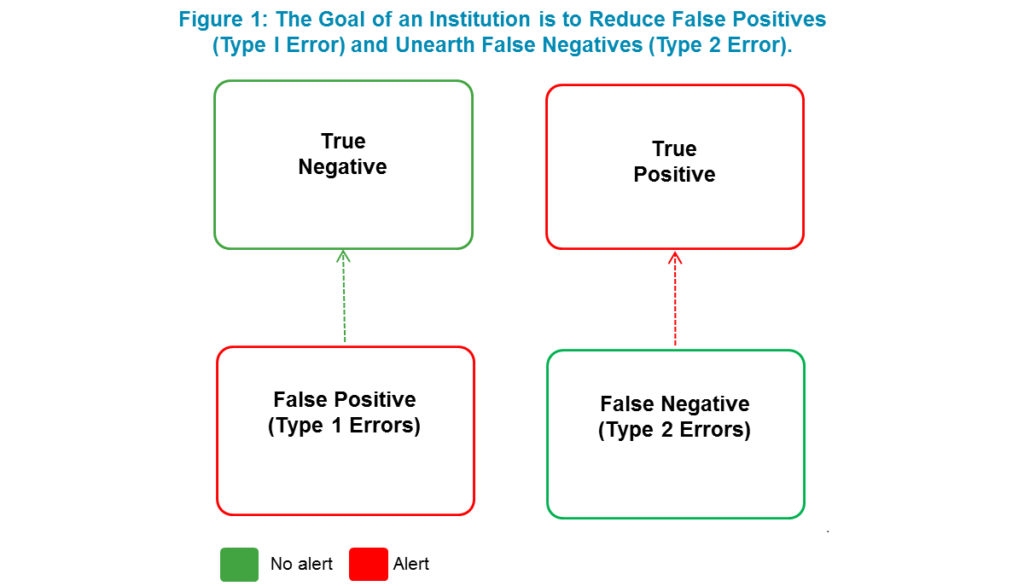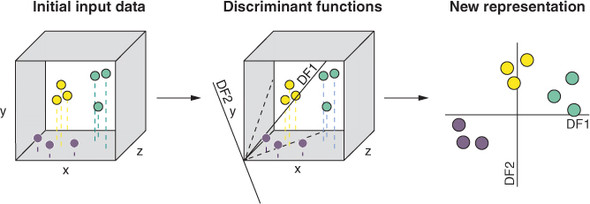As we continue to rely on technology in our daily lives, it’s important to understand the fundamental concepts that drive these innovations. One such concept is inference in machine learning. In simple terms, inference refers to the process of using existing data to make predictions or draw conclusions about new data.
At its core, inference plays a crucial role in allowing machines to learn from data and make informed decisions. By analyzing patterns and relationships within large datasets, machine learning algorithms can identify trends and make predictions with a high degree of accuracy. From speech recognition to image classification, inference is a key component that enables machines to perform tasks that would be difficult or impossible for humans to do on their own. In this article, we’ll take a closer look at what inference is, how it works, and why it’s so important in the field of machine learning.
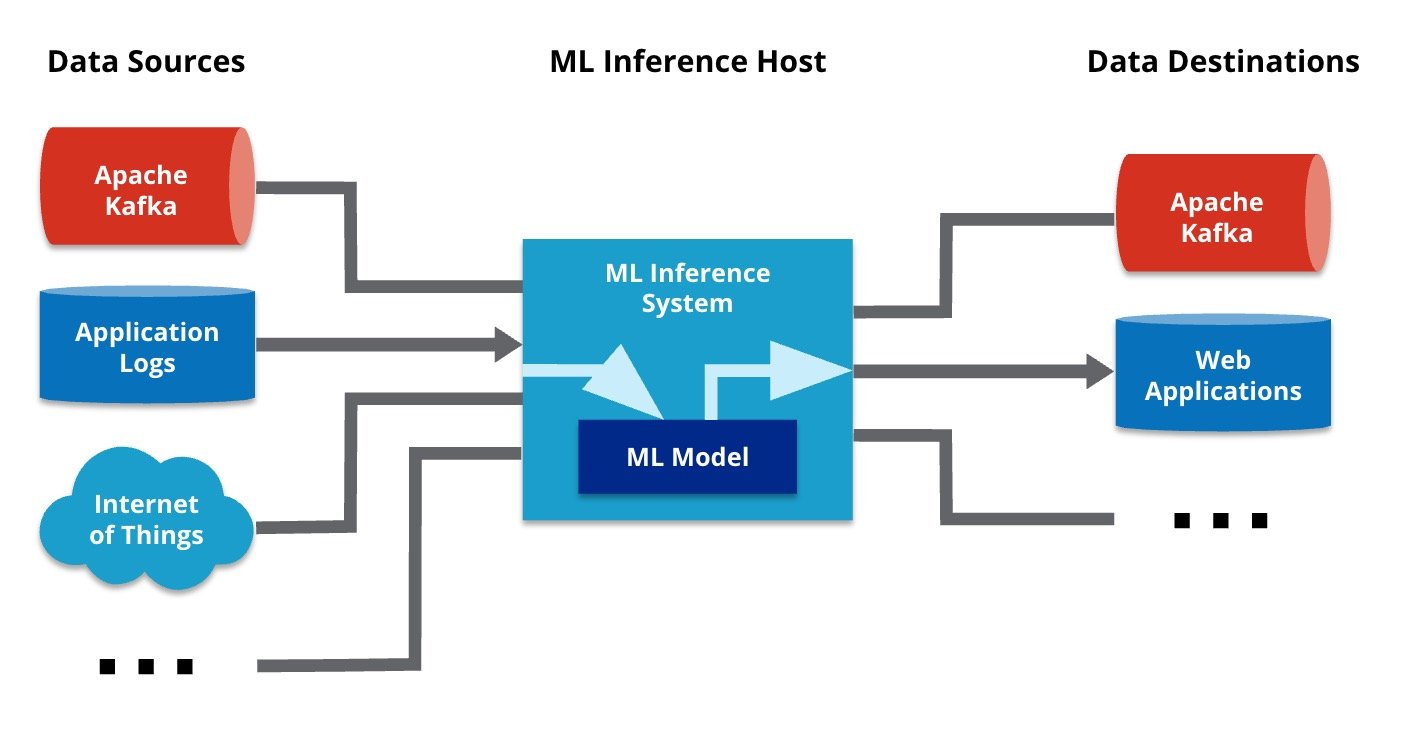
What is Inference in Machine Learning?
Inference in machine learning is the process of using trained models to make predictions based on new data. It is a key component of any machine learning system, as it allows the system to take the data it has been given and make predictions about unseen data. Inference is used in many different applications, including natural language processing, computer vision, and robotics.
How Machine Learning Inference Works
Inference in machine learning involves taking the trained model and applying it to new data. The model is used to process the data and generate predictions about the data. To do this, the model must be able to process the data in a way that accurately reflects the patterns that were captured during training.
Building the Model
The first step in inference in machine learning is building the model. This is done by training a model on a set of labeled data. The labeled data is used to teach the model how to recognize patterns and how to make predictions about unseen data. This process of training a model is known as supervised learning.
Applying the Model
Once the model has been trained, it can then be applied to new data. This process of applying the model to unseen data is known as inference. The model is used to process the data and generate predictions about the data. The predictions are then used to make decisions or take action.
Types of Inference
There are two main types of inference in machine learning: supervised and unsupervised. Supervised inference is used when the data has been labeled, while unsupervised inference is used when the data has not been labeled. In both cases, the model is used to generate predictions about the data.
Supervised Inference
Supervised inference is used when the data has been labeled. This means that the data has been categorized and labeled in some way so that the model can use it to generate predictions. In supervised inference, the model is trained on the labeled data and then used to make predictions about unseen data.
Unsupervised Inference
Unsupervised inference is used when the data has not been labeled. In this case, the model is used to generate predictions about the data without any prior knowledge of the data. The model is trained on the data itself and then used to make predictions about unseen data. Unsupervised inference is often used for tasks such as clustering and anomaly detection.
Frequently Asked Questions
Inference in machine learning is the process of making predictions or decisions from a given set of data. It is an important process in the development of machine learning models and algorithms.
What is inference in machine learning?
Inference in machine learning is the process of using data to draw conclusions and make predictions. It is a type of artificial intelligence (AI) that uses data to build models and algorithms that can identify patterns and make decisions without being explicitly programmed to do so. Inference algorithms are used to analyze large amounts of data and learn from it in order to make better predictions. For example, an inference algorithm can be used to analyze a large dataset of medical records to identify patterns in a patient’s health that can be used to make more accurate diagnoses and treatments.
How is inference used in machine learning?
Inference is used in machine learning to draw conclusions or make predictions from a given set of data. It is a type of artificial intelligence (AI) used to analyze large amounts of data and learn from it in order to make better predictions. Inference algorithms are used in many different types of applications such as facial recognition, natural language processing, and autonomous vehicles. In each of these applications, the inference algorithm is used to analyze large amounts of data in order to identify patterns and make decisions without being explicitly programmed to do so.
What are the benefits of inference in machine learning?
The use of inference in machine learning can be beneficial in many ways. It can help to reduce the amount of time and resources required to build complex models and algorithms. It can also help to improve the accuracy of predictions and decisions by allowing the algorithm to learn from its own data. In addition, inference algorithms can help to automate certain tasks that would otherwise require manual intervention.
What are some common applications of inference in machine learning?
Inference algorithms can be used in many different types of applications. Common applications of inference in machine learning include facial recognition, natural language processing, autonomous vehicles, and fraud detection. In each of these applications, the inference algorithm is used to analyze large amounts of data in order to identify patterns and make decisions without being explicitly programmed to do so.
How does inference improve machine learning?
Inference can improve machine learning by reducing the amount of time and resources required to build complex models and algorithms. In addition, inference algorithms can help to automate certain tasks that would otherwise require manual intervention. By allowing the algorithm to learn from its own data, inference can also help to improve the accuracy of predictions and decisions. Finally, inference algorithms can be used to analyze large amounts of data in order to identify patterns and make decisions without being explicitly programmed to do so.
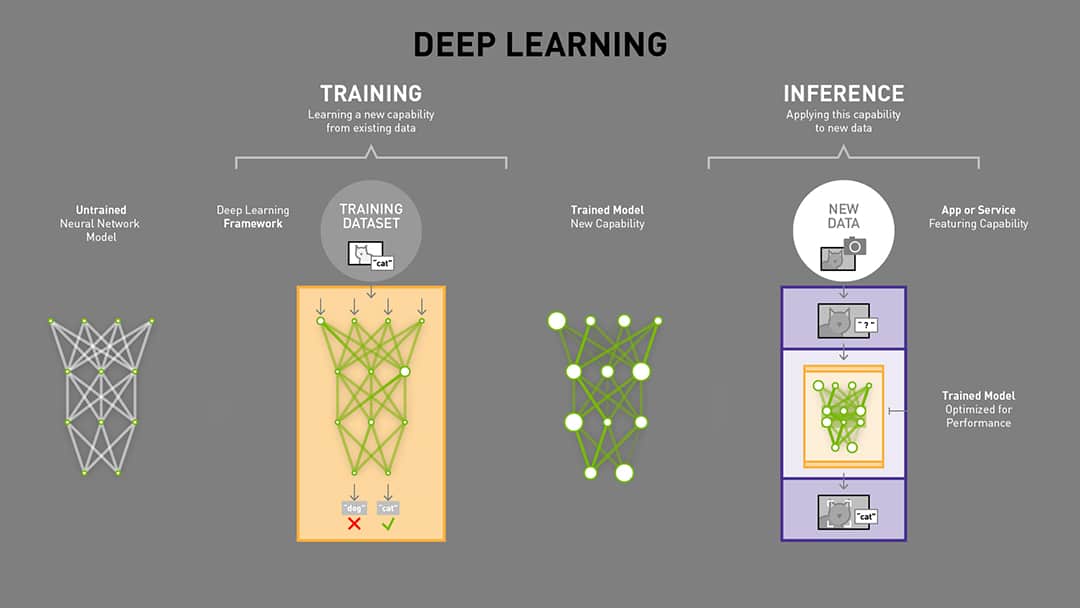
In conclusion, inference in machine learning is a crucial process that enables machines to make decisions based on data. It involves using algorithms to analyze data and draw conclusions that can be used to make predictions or make decisions. Inference plays a fundamental role in many applications of machine learning, such as image recognition, natural language processing, and recommendation systems.
As machine learning becomes more prevalent in our daily lives, understanding inference and its applications will become increasingly important. Through the use of sophisticated algorithms and techniques, machines can learn to recognize patterns and make predictions that are beyond the capabilities of human beings. As such, the future of machine learning is exciting, and the possibilities are endless. With continued research and development, we can expect to see even more advanced applications of inference in the future, which will undoubtedly transform the way we live and work.

